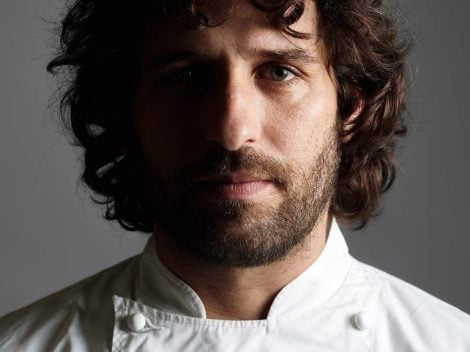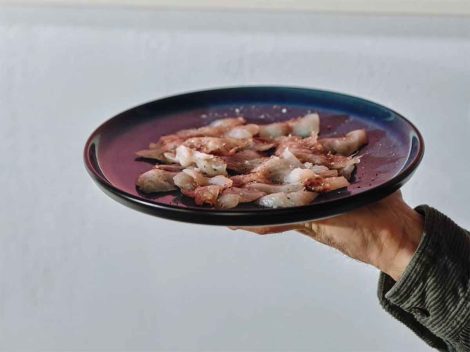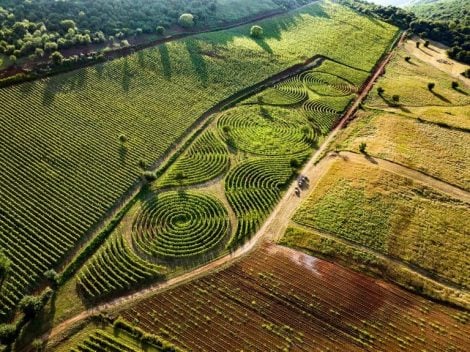It's true. Wine stumbled throughout 2023 and the economy didn't smile on this sector whose global export generates a turnover of over €37 billion. From various quarters, the mantra of the wine industry has focused on finding the keys to recovery. But the most attentive analysts try to find growth opportunities even in a negative period. This was done by the experts of the IWSR, a London-based institute specializing in market research, who have identified seven trends that the industry will need to monitor in 2024. Let's see them in detail.
Emerging markets
There is an underlying truth in the global wine market and it is the structural trend towards decreasing consumption in countries considered mature, namely Italy and France (where this has been observed for decades), but also the United States, which seem to have entered a negative vortex. Nevertheless, for sparkling wines, the prospects remain positive, with a +1% annual growth rate by 2027, compared to the -1% of still wines. While several Asian economies are becoming attractive: Thailand, Philippines, Vietnam, Malaysia.

Involvement of younger demographics
The beverage wine seems to be becoming increasingly dependent on older consumers. On one hand, there is the aging population in areas such as Europe and Asia; on the other hand, the challenge remains to engage young consumers with wine. It is evident, as noted by IWSR, that Generation Z does not have an adoption rate for wine products similar to that of 15 years ago. These are consumer segments that tend to drink lighter and explore alternatives such as beers, cocktails, and ready-to-drink beverages. Millennials themselves are no longer staunch supporters of the wine category, often guided by current trends.
Wine knowledge
Beyond the involvement or lack thereof of young people, there is an undeniable fact: levels of objective wine knowledge are decreasing. And this applies to the USA, Australia, China, but also Germany, France, and the United Kingdom. This appears to be a characteristic of modern times because the use of mobile phones reduces the need to memorize many detailed pieces of information and also because, to choose a wine, people rely more on retailers and operators.
Premiumisation
The trend linked to the concept of drinking less but better is slowing down but continues, driven by the habits of younger consumers. Considering that the segments of basic wines and those just below are losing market share more quickly, it can be deduced that the premium and upper segments are continuing to gain ground. According to IWSR, this trend is also emerging in India and China, with an increase in volumes of super premium and higher wines.
Rise of low alcohol
In the ten key markets, the success of low-alcohol wines is now established. In 2023, IWSR certifies a +8%, driven mainly by the USA. Marketing is strongly pushing the health concept of better-for-you, focusing on reducing carbohydrates and calories, zero residual sugars. It's worth noting the +7% of alcohol-free wines as well, although it is a much smaller segment that doesn't attract enough followers, due to negative perceptions of the quality and taste of the final product. One of the reasons for the limited success is also related to the low availability of non-alcoholic products. This is causing consumers to migrate towards products like beer and ready-to-drink.
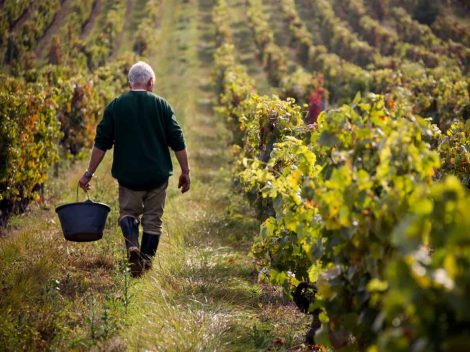
Online sales
Online commerce remains a privileged channel for wine, but other beverages are also making space within it. In 2020, wine accounted for 38% of the total marketed, but by 2022, the share had dropped to 33%, and by 2027 it is expected to touch 28%. According to IWSR, between 2022 and 2027, wine will grow at an annual compounded rate of 1% compared to +8% for beer and +5% for spirits. It seems that the pandemic-driven push on the wine sector has stopped. However, for IWSR analysts, brands should continue to invest because in the long term, online channels will capture a good share of products sold in the off-trade channel, thanks to consumers who will be much more familiar with the digital world.
Climate challenge
The global wine industry is facing challenges considering the climate crisis (with frost, hail, fires, droughts, and high temperatures) which doesn't allow it to easily respond to the demand for lighter wines. Faced with climate change, wine companies are adopting practices such as organic, biodynamic, regenerative viticulture, and experimenting with new altitudes for vineyards. On the consumers' side, the value of sustainability in wines is growing year by year: for two-thirds of them in the largest markets, it is an important factor. The trend is strong and is also involving packaging, with companies finding alternative solutions, including tetrapack, bag-in-box, and even PET.
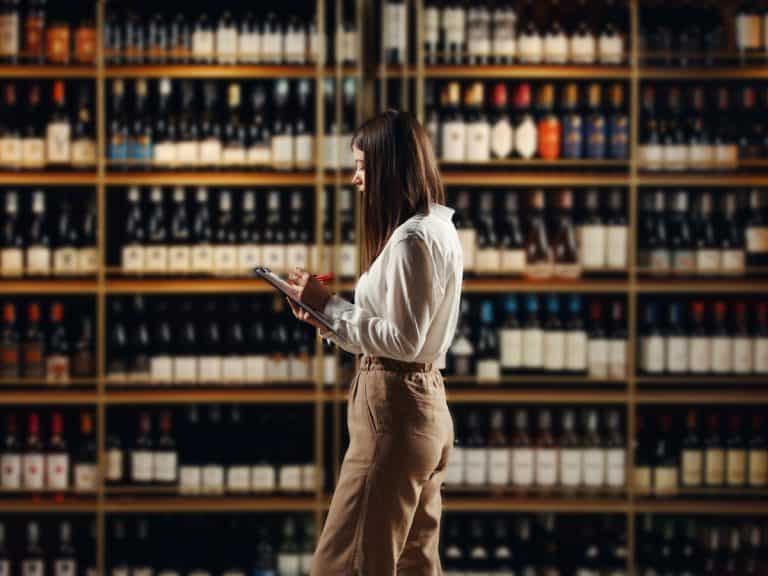
 The bikers' favorite spot where you find the best arrosticini in Abruzzo
The bikers' favorite spot where you find the best arrosticini in Abruzzo Moderate alcohol, freshness, and affordable prices. The Guardian's halfway praise for Italian white wines
Moderate alcohol, freshness, and affordable prices. The Guardian's halfway praise for Italian white wines The Campanian pizza maker who doesn't seek the limelight and creates delicious pizzas with vegetables
The Campanian pizza maker who doesn't seek the limelight and creates delicious pizzas with vegetables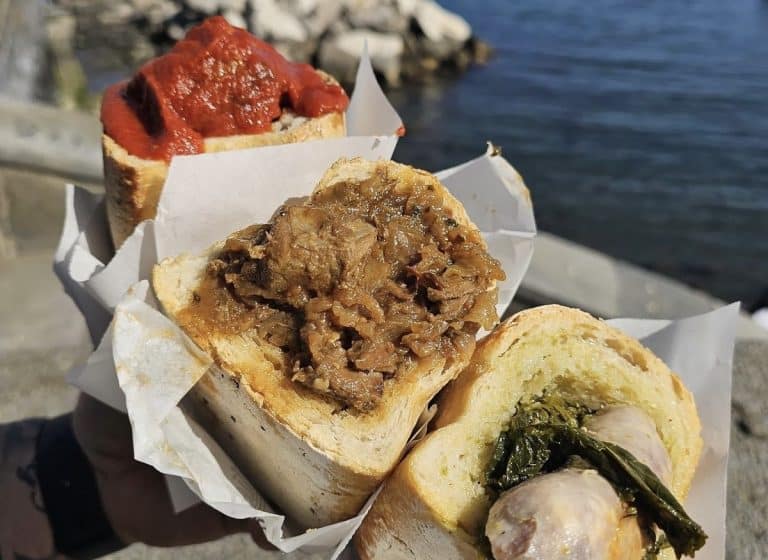 The best sandwich in Naples is from O' Cuzzetiello (better with eggplant parmigiana)
The best sandwich in Naples is from O' Cuzzetiello (better with eggplant parmigiana) In Rome opens Becco, a new kiosk with sandwiches, shokupan, and fermented foods
In Rome opens Becco, a new kiosk with sandwiches, shokupan, and fermented foods

